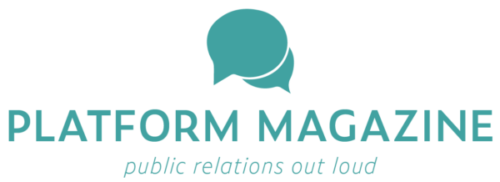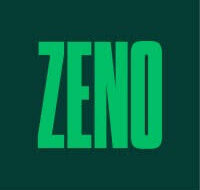In-house vs. Outsourced Marketing: Finding the Right Fit for Your Business
Published on March. 31, 2025, at 4:40 p.m.
by Gracie Powell.
As a small business starting out, it can be difficult to know what is best for your marketing efforts if you have nothing to compare them to from the past, unlike 100-year-old corporations that know their target audiences well after years of interacting with them. How do companies decide if they need to hire an in-house marketing department, outsource everything or have a collaboration of the two approaches? Notably, companies can pay up to $50,000 a year to outsource their marketing.

Joseph Ferrell is the chief executive officer of Building Envelope Consulting Inc., a niche consulting company in the construction industry with service areas across the nation. According to Ferrell, BECI grew from 12 employees to 50 from 2007 to 2020. He said the company had a plan to grow from there and needed assistance in the sales and marketing area of the business. “We built a really, really good sales department, but we didn’t have the brand awareness, the brand presence,” said Ferrell.
BECI needed the assistance of an outside firm to help the team build the BECI brand. Today, BECI has built a strong in-house marketing team, but it still outsources a lot of its marketing efforts, according to Ferrell. Its in-house team and the partner agency work together to ensure consistency within the brand.
When it comes to brand consistency, it is important to remember that, when outsourcing marketing projects, the outside firm’s associates must take time to get to know the company’s brand. Firm strategists must make an effort to understand the company’s mission, its values and its vision for the future.
One of the greatest challenges for any business when considering outsourcing its marketing efforts is releasing control. With an in-house team, executives can manage every part of the process as much as they’d like. However, when outsourcing, although account coordinators guide their clients through the process, executives must relinquish the desire to micro-manage and trust that the agency will produce deliverables that meet their standards.

Outside marketing firms also bring to the table industry knowledge and a higher level of expertise. “There’s no doubt that clients know their business. And I think that agencies like ours do a really good job of learning the clients’ business, but the one thing they [clients] can’t do is get input from other industries,” Henry Chassaignac, chief executive officer of Zehnder Communications, explained. “Because we are diverse in our client base, we get to bring best practices from other industries.”
Summer Trammell is the chief engagement officer at Storyteller Overland. Storyteller Overland specializes in adventure-ready, luxury camper vans. The company targets outdoor adventure enthusiasts. Trammell said that one of the most challenging parts of working with outside agencies in such a niche industry is communicating the company’s voice and vision. Trammell explained that it is easy to relay to agencies the exact way to reference products or job titles, but it can be difficult to communicate a brand’s voice.

Expert marketers study a brand’s existing content to help them understand the personality behind it and the brand’s identity in the market. Chassaignac said one of the best ways to tell a client’s story and portraying the brand’s personality is through video. “And if you look at the engagement statistics — whether it be on social, whether it be on your own website — people are more and more gravitating toward videos,” he noted. Video marketing can personify a brand and add a level of authenticity to marketing messages.
When deciding whether to build an in-house marketing team, outsource to an agency or combine both approaches, a business must consider it brand identity, resources and long-term goals. While in-house teams offer control and deep brand knowledge, external agencies provide industry expertise and fresh perspectives. Finding the right balance requires clear communication, trust and a commitment to brand consistency.



